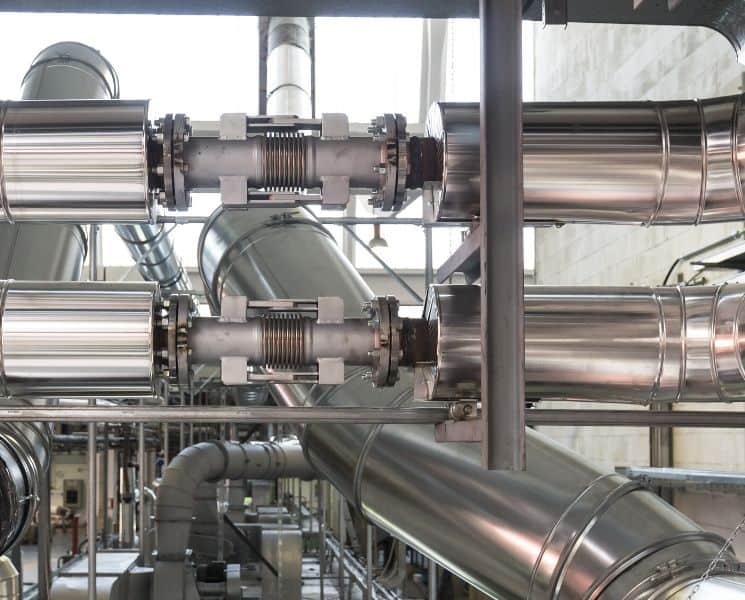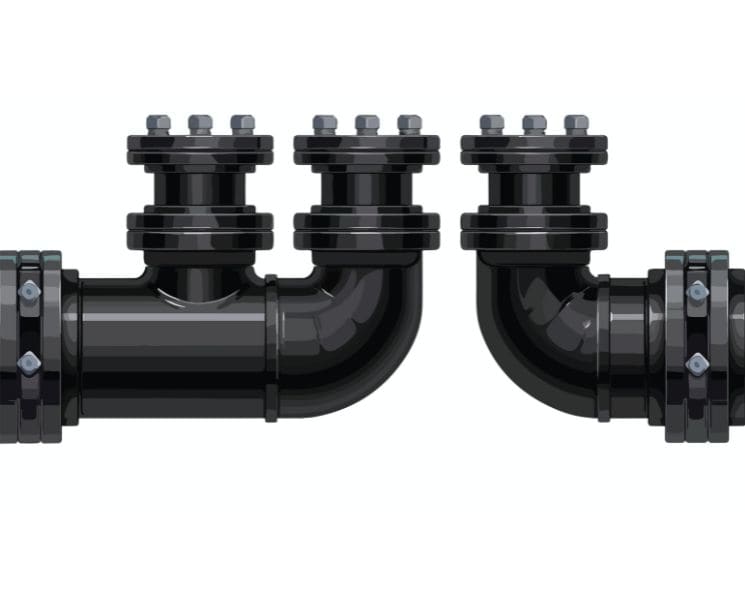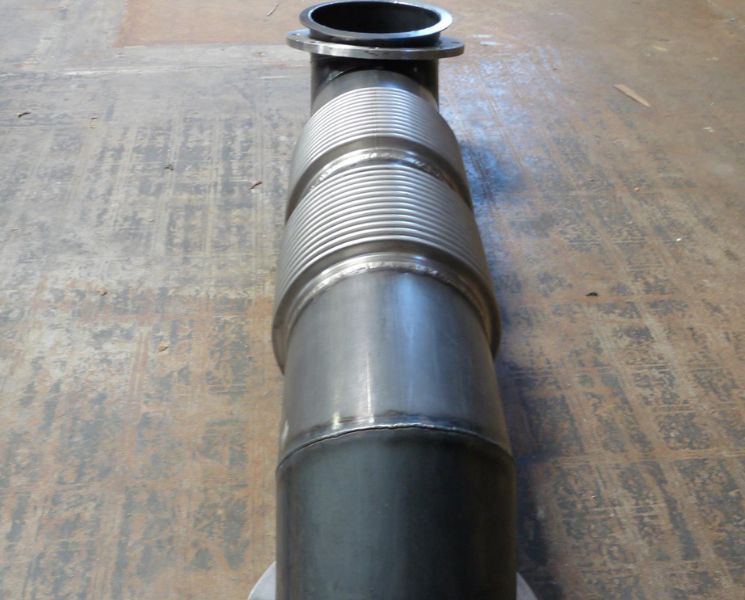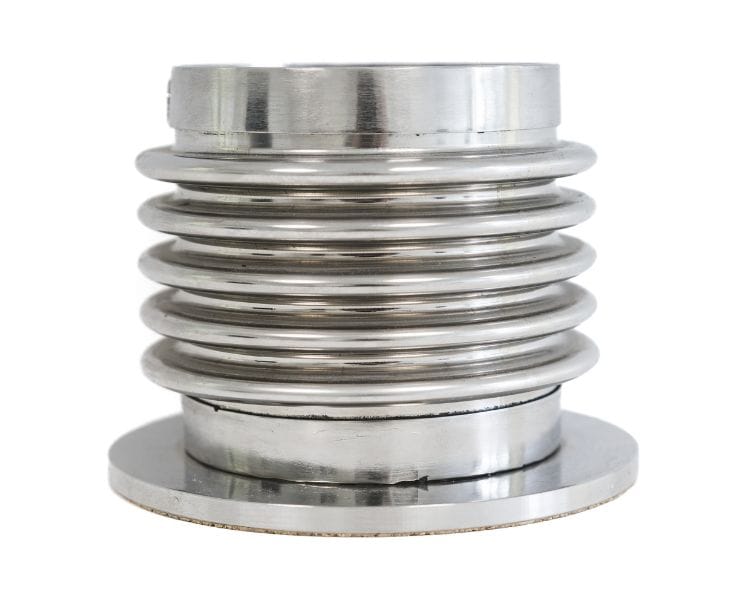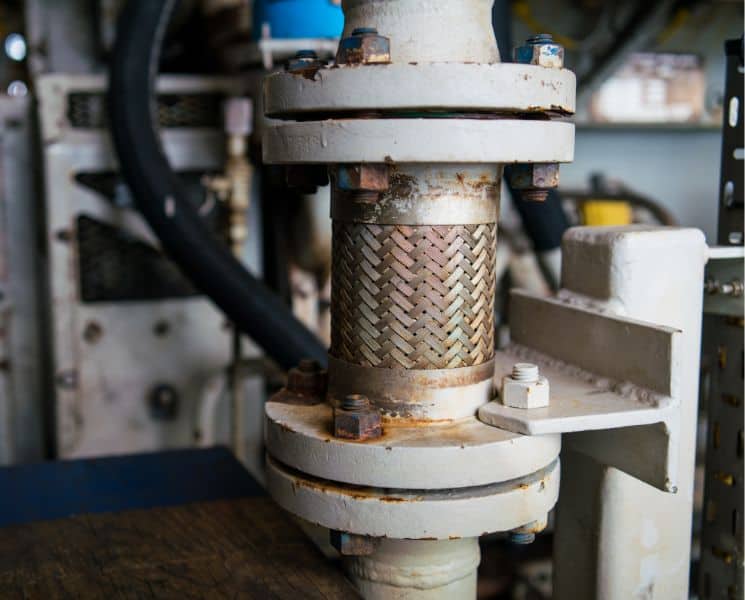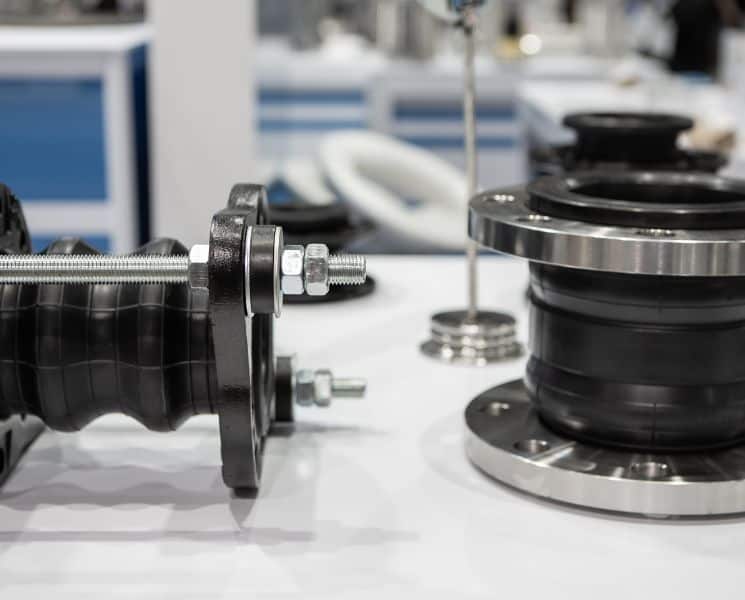Expansion joints mitigate vibrational forces, withstand high temperatures and resultant pipe expansion and contraction, and regulate fluid passage without issue. To keep steady function, these joints require certain hallmark elements. Here’s a brief guide to the basic design of piping expansion joints and how each feature contributes to its function.
Bellows
The first noteworthy feature is the expansion joint’s bellows section. Expansion joints consist of flanges that secure piping to joints, certain functional accessories, and vital bellows. Bellows are cylindrical, corrugated metallic sections that terminate on both sides in flanges. These ring-like corrugations can vary in length and strengthen the bellows’ relatively thin frame and allow for ample force management because of their characteristic flexibility. They experience angular bending, lateral forces, and compression and extension forces without failing. This means that, however temperature or vibrational forces unpredictably stress a pipe system, these bellows respond and protect it.
Flanges
The basic design of piping expansion joints also includes flanges on either end. Flanges connect pipes through easily removable screwed-on fixtures or by welding and connect to other flanges between a gasket to ensure a good seal. Flanges come in varying sizes and lengths and serve various purposes. For example, a blind flange seals a pipe and prevents fluid flow. Another variety is the threaded flange, which is comparatively thin, best for lower pressure water systems, and easy to install and remove. One flange with a longer neck is the welding neck flange. The longer neck is conducive to high-pressure systems because it maintains continuous pressure.
Tie Rods and Other Accessories
Apart from bellows and flanges, tie rods and other accessories further stabilize your pipe system. Tie rods specifically attach to each flange and add structural integrity because it restricts potentially damaging movement in a certain direction. Specifically, tie rods prevent lateral movement. Other than that, flow liners are another important accessory that protects bellows from wear and corrosion as fluids pass. Meanwhile, external joint covers protect bellows from external damage rather than internal erosion.
If you need to install metal expansion joints, contact our team at Triad Bellows. We can answer any questions you have about the process.

